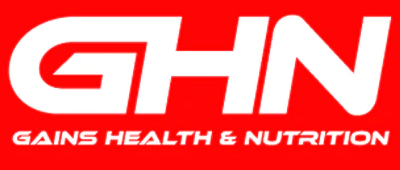Creatine is a highly studied and commonly used workout supplement. Consuming a creatine supplement has been shown to aid muscle and strength development and may provide extra energy for strenuous exercise. Creatine aids in healing, making you less vulnerable to harm.
The body may synthesise creatine from the amino acids you ingest and then store it as a fuel source for your muscles. The muscles utilise the creatine accumulated throughout the exercise to produce short, intense bursts of energy.
Many people take a supplement to enhance the amount of creatine their muscles can hold. Muscles with a greater capacity for creatine storage utilise this energy source more effectively and for longer periods before becoming fatigued.
There are different methods of consuming creatine and one of them is to cycle creatine. If you are choosing this method then you need to know things on how to cycle creatine and here is the complete guide.
What is a Creatine Cycle?
Many athletes employ a creatine cycle to completely deplete their muscular creatine stores. It is via this method that the muscle-building and exercise-performance benefits of creatine may be realised at a faster rate.
In order to boost creatine storage and subsequently give the muscles a little break, the cycle is composed of a loading cycle and a maintenance phase.
How to Cycle Creatine Properly?
Without regular and proper eating and exercise, the benefits of a creatine cycle (or any form of creatine supplementation) may not be fully realised. To put it another way, your exercises and muscle-building efforts need various additional nutrients. Muscle and strength development need a training programme of equal efficacy to cycle creatine properly.
When loading with creatine, your ideal dosage may also vary somewhat according to your body weight. You may determine your creatine loading phase dosage by multiplying your body weight in kilos by 0.3, as the World Association of Sports Nutrition recommends.
Benefits of a Creatine Cycle
Normal dietary intake can only replenish creatine levels by around 80%. On the other hand, a 100% increase in muscle-stored creatine may be achieved with a creatine cycle. That frees up more creatine for use during high-intensity exercise, when it may be converted into greater energy and delayed weariness.
Maximising creatine reserves without a cycle of loading and upkeep is achievable, but it may be time-consuming. Creatine loading cycles have been shown to saturate muscle reserves in as little as a week or two, but consuming a creatine supplement without the need for a loading phase might take as long as a month.
Maximising creatine storage speeds up the gains in muscle and strength, performance, and reduced injury risk that come from taking creatine supplements.
Creatine Loading Phase
It is typically suggested that you consume 20 grams of creatine daily throughout the loading phase for a week. This quantity is often divided into two to four daily doses, taken before or after exercise when you wish to cycle creatine.
Maintenance Phase
Although it may seem contradictory, reducing your daily creatine intake to roughly 5-10 grams aids in keeping your muscles' stored creatine levels stable. Muscle reserves will gradually return to normal if you quit taking creatine altogether.
Final Thoughts
Creatine, a nutrient synthesised in the kidneys and stored in the muscle, is useful for a wide range of athletic and health-related goals, including muscle gain, strength and power gains during exercise, speedy recovery, and fewer injuries.
Keeping your body supplied with the right amount of creatine via careful cycling is the key to consistent peak performance. Whether in the "loading" or "maintenance" phase of your workout routine, our fast-acting, easily-absorbed creatine monohydrate supplement will get you where you want to go. We have highest selling brands available in creatine please click "Creatine Collection" to check out available creatine supplements.

